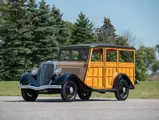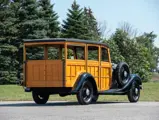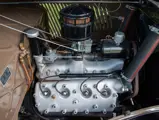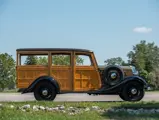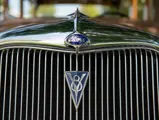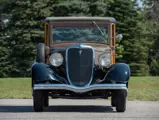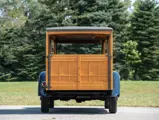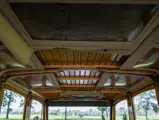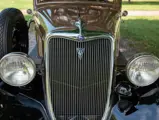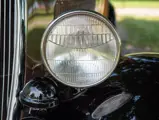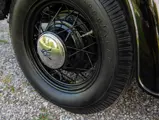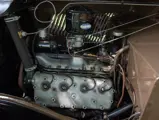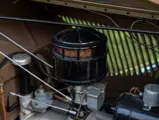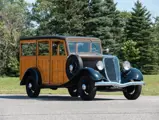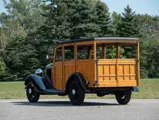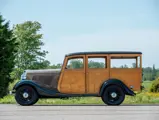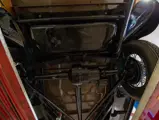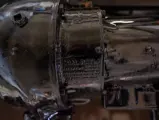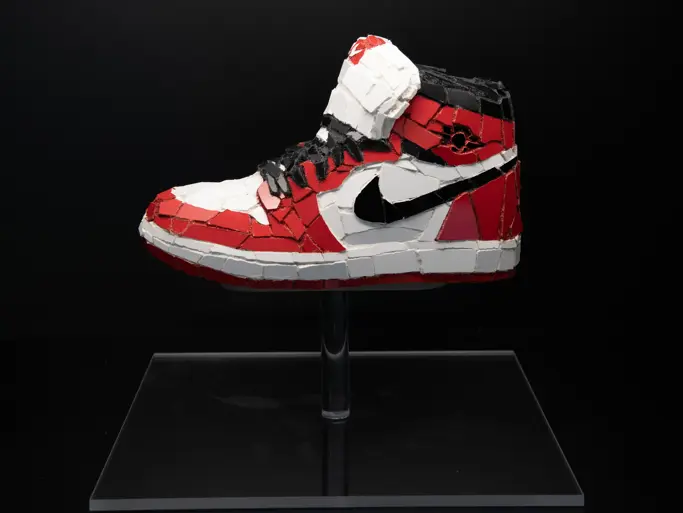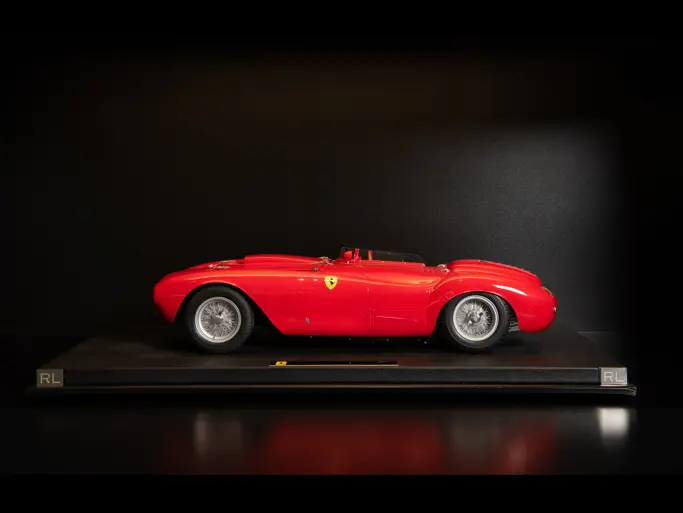Hershey 2021
1934 Ford Station Wagon
{{lr.item.text}}
$46,200 USD | Sold
 | Hershey, Pennsylvania
| Hershey, Pennsylvania
{{internetCurrentBid}}
{{internetTimeLeft}}

- One of 2,905 Ford V-8 station wagons produced for 1934
- Excellent club support and vintage parts availability
- Fitted with retractable side curtains
- An older restoration that still presents nicely
- Offered from the collection of Mike Laureno
Henry Ford had the foresight—and the capital—to purchase the town of Pequaming in Michigan’s Upper Peninsula…and along with it, the half-million acres of forest surrounding it. From these forests came the maple framing and birch paneling needed for Ford’s new station wagon. Up to this point, Ford had been buying lumber from the mills on the peninsula for the framing on his Model Ts, but he opened his own Iron Mountain sawmills about 1922 under the Michigan Land, Lumber, and Iron Company in the Menominee River Valley.
At first, Iron Mountain’s mills turned out raw lumber. Then, woodworkers made components which were shipped to Briggs and Murray in Detroit, and later, to Raulang in Cleveland for assembly. The V-8 Station Wagon, designated Type 860, was Ford’s most expensive car at $660.00. It was constructed of basswood, birch, and maple cut and trimmed at Iron Mountain with final finishing at the Murray Corporation. Power was supplied by Ford’s 85-horsepower, 221-cubic-inch “Flathead” V-8 and a three-speed sliding gear transmission. All wagons rode on a 112-inch wheelbase and featured rod-actuated mechanical brakes on all four wheels. Suspension is rather simple, with a solid front axle and a 3/4 floating rear axle along with transverse front and rear leaf springs.
The new 1934 Fords were introduced on 6 December 1933. Styling differences were minimal compared to the previous model, as most of the changes were mechanical. Underhood, the V-8 included a Stromberg carburetor and a newly designed A.C. air cleaner for easier breathing. Combined with a redesigned intake manifold, the engine was smoother-running and produced an additional 10 horsepower over 1933. Aiding in the smooth operation was Ford’s first fully counterbalanced cast alloy crankshaft which contributed to a substantial reduction in vibration. Open-skirted pistons, a unitized valve assembly, new thermostats, and a new fuel pump also enhanced the updated design.
This excellent example of Ford’s early station wagon that has been in a private collection for more than 35 years. It has been stored in a climate-controlled facility since restoration and is the recipient of numerous AACA and Early Ford V-8 Club awards. A Columbia rear-end has been installed to enhance drivability. It is claimed to have its original wood and is nicely fitted with retractable side curtains; it also has an accessory oil check gauge and a dual fuel/temperature dashboard gauge. Properly finished in tan with black fenders specified by the factory on early station wagons, it was signed by The Beach Boys in 2007 on the side of the glovebox door.

